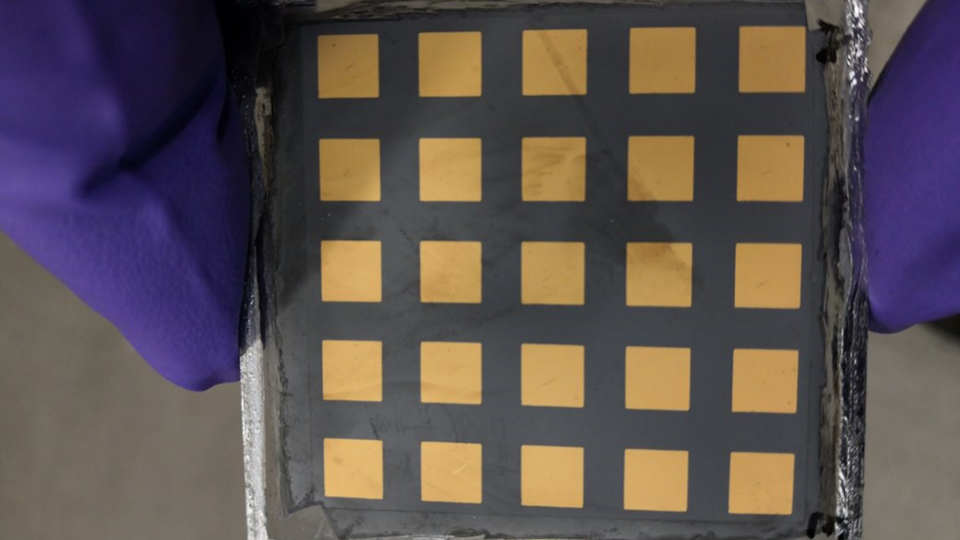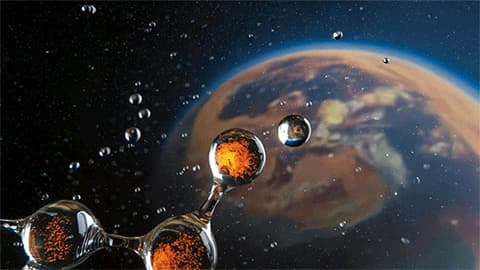Development and optimisation of CdTe solar cells

Cadmium telluride is cheaper to produce, easier to deposit over wide areas and is rapidly gaining on silicon in terms of efficiency; it is a potential game-changer for the large-scale deployment of photovoltaics.
Our Aim
Cadmium telluride solar cells (CdTe) are commercially the most successful thin-film photovoltaic technology, extensively used in giant solar fields supplying low cost electricity to utilities. This has important implications for the move to clean energy generation and reducing global carbon emissions. The research undertaken at CREST is focussed on both fundamental improvement of this technology as well as facilitating industrial uptake through the development of industrially relevant and fully scalable deposition processes.
Our Research
Research into CdTe photovoltaics at CREST is focussed on three primary areas. These are development of new, more efficient transparent window layers based on existing oxide materials, development of rapid, effective and industrially relevant deposition processes for the CdTe absorber layer and improvement of the absorber layer through graded alloying with cadmium selenide. In collaboration with colleagues in the Loughborough Materials and Chemistry departments, CREST is at the forefront of understanding the unique physics underlying these devices.
The work on CdTe is undertaken in collaboration with a number of key academic and industrial partners including Colorado State University, Colorado School of Mines, NREL, Swansea University and First Solar Inc.
Our Outcomes
The work at CREST has resulted in considerable advances in understanding the underlying physics and physical behaviour of these devices, both when complete and when undergoing a number of key processes during device manufacture. Ongoing research is building on these successes, and is expected to result in significant improvements in device efficiency.
Working with our International collaborators, we have been able to improve the performance of thin film CdTe solar cells by changing the cell architecture. We now have a transparent buffer layer and also include a Selenium alloy at the front of the cell. Both of these changes have dramatically increased the efficiency of the cells. By using advanced analytical techniques, we have been able to show that Selenium also passivates harmful defects in the CdTe bulk and grain boundaries. With this improved fundamental understanding, we anticipate further exciting improvements in cell efficiency will be made. These will result in even lower cost solar electricity.

